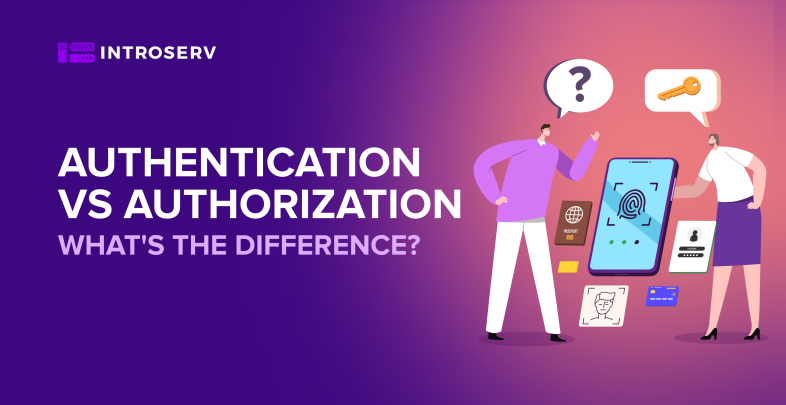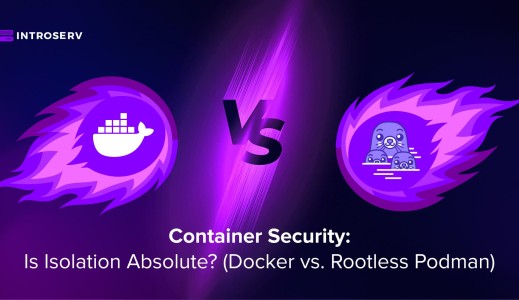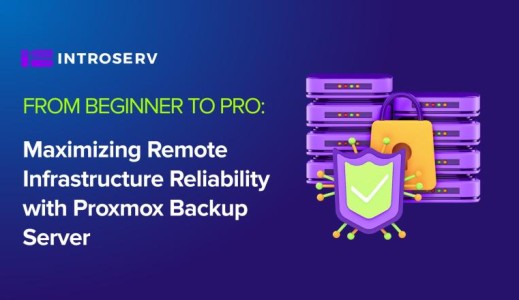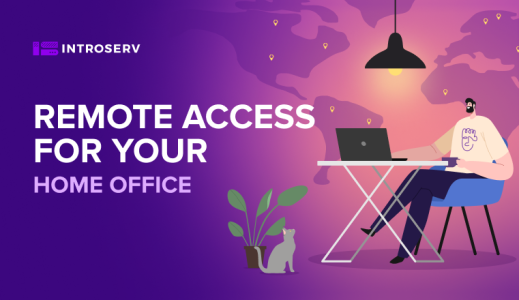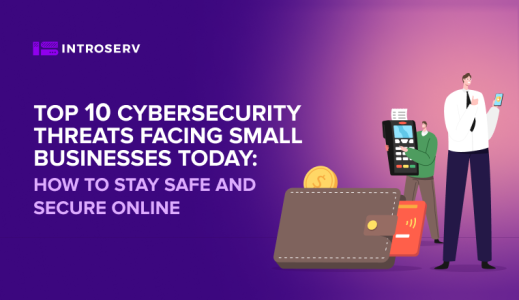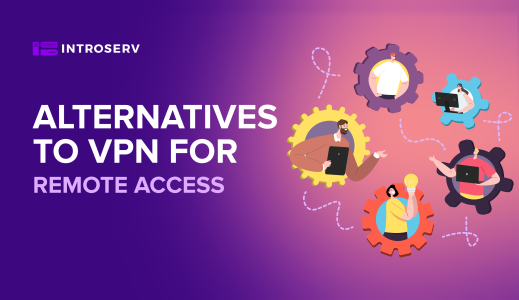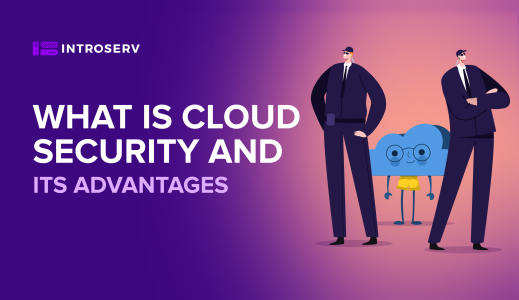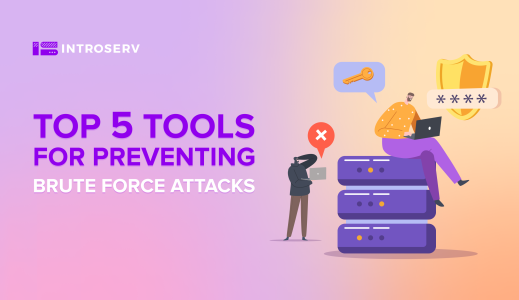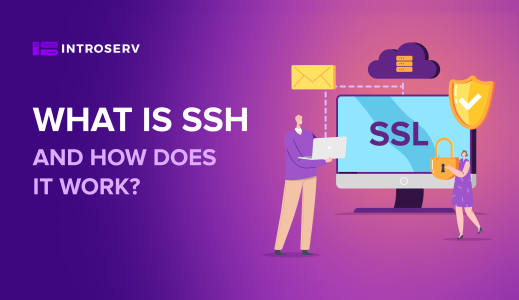We have created this comprehensive guide to help you understand the differences between authentication and authorization. Knowing the difference between authentication and authorization is crucial for businesses that want to keep their data and systems secure. In this guide, we will explain what authentication and authorization are, their differences, and will share the best practices to keep your data safe.
Introduction
Authentication and authorization are two important concepts in computer security. Authentication is the process of verifying the identity of a user, device, or service. Authorization, on the other hand, is the process of granting or denying access to a resource based on the authenticated user's permissions. These two concepts work together to keep your data and systems secure.
Authentication
What is Authentication?
Authentication refers to the process of verifying the identity of a user or device, allowing authorized access to sensitive information or systems. It is a vital aspect of cybersecurity, and there are different authentication types and techniques to ensure secure access.
Types of authentication
Authentication factors (types) are ways of verifying a user's identity before granting access to a system or application. The three main authentication types are:
1. Something you know: This type of authentication involves verifying a user's identity based on knowledge of a secret, such as a password, PIN, or answer to a security question.
2. Something you have: This type of authentication involves verifying a user's identity based on the possession of a physical object, such as a smart card, token, or mobile device.
3. Something you are: This type of authentication involves verifying a user's identity based on physical characteristics, such as fingerprints, facial recognition, or retina scans.
Authentication factors refer to the different pieces of information or credentials that are used to authenticate a user's identity, including a User ID password, username password, and username password combination.
Techniques of authentication:
Password-based authentication is a simple and widely used technique where a user provides a username or email and a password to access a system or application. The password is compared to a previously stored hash value in the system to verify if the user is authorized to access the system.
Passwordless authentication eliminates the need for users to create and remember complex passwords by enabling them to access a system or application without entering a password. Instead, the user is authenticated using other means, such as biometric authentication, tokens, or smart cards.
- 2FA/MFA (two-factor/multi-factor authentication) is a technique that requires users to provide two or more forms of authentication to access a system or application. This can include a password and a fingerprint scan.
- Single sign-on (SSO) allows users to access multiple applications or systems with a single set of login credentials. This technique reduces the need for users to remember multiple passwords and simplifies the login process. SSO is typically used in enterprise environments where employees need to access various systems and applications.
- Social authentication allows users to access a system or application using their social media login credentials, such as their Facebook or Google account. This technique simplifies the authentication process for users and can be more secure than password-based authentication because social media platforms often have advanced security measures in place.
To ensure secure access, it is crucial to have an authentication server or authentication service to confirm user identity and manage access control to sensitive data and systems. Proper authentication protocols, such as server authentication and username-password combination, are required to protect against cyber threats.
Authorization
What is Authorization?
Authorization is the process of determining whether a user or device has the necessary permissions to access a particular resource. It helps protect sensitive information and systems from unauthorized access.
To define authorize, it means to grant or deny access to a particular resource based on the user's or device's authentication and authorization status. The user authorization process involves checking the user's authentication status, verifying their credentials, and then checking their authorization status to determine what resources they are allowed to access.
Client ID is a unique identifier assigned to a client application that is authorized to access a resource. It is used in the authentication and authorization process to ensure that the client application has the necessary permissions to access the requested resource.
Types of authorization
There are different types of authorization, each with its own strengths and weaknesses.
- Role-based Access Control (RBAC): This type of authorization grants access to resources based on a user's role within an organization.
- Attribute-based Access Control (ABAC): This type of authorization grants access to resources based on a user's attributes, such as job title, department, or location.
- Mandatory Access Control (MAC): This type of authorization is based on system-wide policies that determine which users or processes can access specific resources.
- Discretionary Access Control (DAC): This type of authorization allows individual users to control access to resources they own or control.
- Rule-based Access Control (RBAC): This type of authorization grants access to resources based on a set of predefined rules, which may be created by administrators or users themselves.
Authorization techniques
- Role-based access control (RBAC) is a technique that assigns users to specific roles within an organization or system, and grants permissions based on those roles. This technique simplifies the management of user permissions and reduces the risk of unauthorized access to sensitive data.
- JSON web token (JWT) is a compact and secure way to transmit data between parties. It's often used to authenticate and authorize users in web applications. JWTs are self-contained and contain all the necessary information, eliminating the need to look up the user's data in a database every time a user requests access.
- Security Assertion Markup Language (SAML) is an XML-based protocol for exchanging authentication and authorization data between parties. It's often used for single sign-on (SSO) authentication across multiple systems and applications. SAML enables the transfer of user authentication and authorization information between different domains and applications.
- OpenID authorization is an authentication protocol that allows users to log in to multiple websites using a single set of credentials. OpenID uses a decentralized authentication system that verifies the identity of the user without requiring them to provide their password to each individual site. This technique makes it easier for users to access multiple systems and applications without having to remember multiple sets of login credentials.
- OAuth is an authorization framework that allows applications to access user resources on another service. It enables users to grant access to third-party applications without sharing their login credentials. OAuth is commonly used by social media platforms, allowing users to log in to third-party applications with their social media accounts. It provides an additional layer of security for both the user and the service provider.
Authentication VS Authorization
The Differences Between Authentication and Authorization
While authentication and authorization may seem similar, they are actually distinct processes that serve different purposes in ensuring secure access to resources. Authentication is about verifying the identity of a user, while authorization is about determining what that user is allowed to do once their identity has been verified.
In other words, authentication is about establishing trust, while authorization is about managing that trust. For example, when you enter your username and password to log in to a website, you are undergoing an authentication process. Once you are logged in, the website uses authorization to determine what actions you are allowed to take, such as viewing certain pages or submitting a form.
They are closely related concepts, but there are some key differences between them. Here are some of the most important differences:
|
Category
|
Authentication
|
Authorization
|
|
Definition
|
The process of verifying a user's identity to grant access to a system or resource
|
The process of determining whether a user has permission to access a specific resource or perform a specific action
|
|
Purpose
|
To ensure that only authorized users can access a system or resource
|
To ensure that authorized users have the appropriate level of access to resources
|
|
Types
|
Password-based, passwordless, multi-factor, token-based, biometric-based, social.
|
Role-based, attribute-based, mandatory access control, discretionary access control.
|
|
Techniques
|
Passwords, tokens, smart cards, biometrics, SSO, social authentication.
|
ACL, RBAC, ABAC, SAML, OAuth.
|
|
Verification
|
Verifies the identity of the user
|
Verifies the user's permissions
|
|
Order
|
Performed before authorization
|
Performed after authentication
|
|
Required Information
|
User login details (username and password)
|
User's privilege or security level
|
|
Data Provided
|
Token IDs
|
Access tokens
|
|
Changes
|
Users can partially change their authentication credentials
|
Users cannot change their authorization permissions, only the system owner can change them
|
|
Protocol
|
OpenID Connect is the protocol for authentication
|
OAuth 2.0 is the protocol for authorization
|
|
Example
|
Entering login credentials to access a bank account
|
Granting an employee access to specific files based on their job title
|
How authentication and authorization work together
Instances where authentication and authorization collaborate include:
When you use your fingerprint to unlock your phone (authentication), your phone then uses authorization to determine what apps and data you are allowed to access based on your user profile.
When you log in to an online banking website (authentication), the website uses authorization to determine what transactions you are authorized to make based on your account settings.
While authentication and authorization work hand-in-hand, they are often confused or used interchangeably. For example, someone might say they need to "authenticate" their access to a particular file when what they really mean is that they need to "authorize" their access.
Importance of Proper Authentication and Authorization
Access controls are an essential component of authentication and authorization processes. They ensure that only authorized users can access resources and that these users can only access the resources that they have been authorized to use. The difference between authentication and authorization is crucial to understand when implementing access controls. While authentication confirms user identity, authorization defines what actions they are allowed to perform once they have been authenticated.
Information security is another critical aspect of authentication and authorization. Robust authentication and authorization protocols help ensure the confidentiality, integrity, and availability of information. By protecting sensitive data and systems from cyber threats, proper authentication and authorization protocols can help prevent data breaches and other security incidents.
The consequences of inadequate authentication or authorization can be severe. Without proper authentication and authorization, unauthorized users can gain access to sensitive data or systems, leading to data breaches or system failures. These incidents can result in financial losses, reputation damage, and legal liabilities.
To avoid these consequences, it is essential to implement strong authentication and authorization protocols. These protocols should include multiple factors of authentication, such as passwords, biometrics, or tokens. Additionally, access controls should be based on the principle of least privilege, which ensures that users can only access the resources that are necessary for their work.
Best Practices for Authentication and Authorization
To guarantee the security of information, it is essential for organizations to adhere to best practices for authentication and authorization. Below are some of the best practices that organizations should do the following:
- Use robust authentication mechanisms, such as multi-factor or two-factor authentication, to authenticate the identity of users, systems, and devices.
- Implement access control mechanisms, such as RBAC or ABAC, to ensure that users can only access the required resources and perform the necessary actions they are authorized to do.
- Regularly evaluate and update access control mechanisms to ensure that they are effective and up-to-date.
- Implement password policies that require users to create strong passwords, utilizing techniques like a combination of uppercase and lowercase letters, numbers, and symbols.
- Implement security incident response plans to detect and respond to security incidents in a timely manner, especially in third party API management and cloud computing platforms.
- Use encryption to protect data both in transit and at rest, especially when dealing with sensitive data.
- Regularly educate employees on best practices for authentication and authorization, including how to create robust passwords and how to recognize phishing attempts.
- Conduct regular security audits to identify vulnerabilities and ensure that security measures are effective, particularly in popular platforms and cloud computing environments.
Conclusion
In conclusion, authentication, and authorization are two important concepts in computer security. Authentication is the process of verifying the identity of a user or device, while authorization is the process of granting or denying access to a resource based on the authenticated user's permissions. These two concepts work together to keep your data and systems secure.
By implementing strong authentication and authorization policies, you can help protect your systems and data from unauthorized access. It's important to remember that these are just two of the many components of a comprehensive security strategy, but they are essential for ensuring the integrity and confidentiality of your data.
